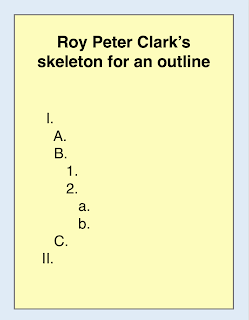I have been enjoying reading Toronto writer Julia Zarankin’s 2020 memoir titled Field Notes from an Unintentional Birder. Birds can be identified based on a combination of their appearance, behavior, and song. You can read an excerpt from her book published in Canadian Geographic on February 22, 2021. In it she talks about her introduction to birding as an outdoor group activity. There is a second excerpt in the Toronto Star on September 12, 2020 titled How birding taught me to appreciate the ‘interspecies differences between my husband and me.’ She talks about behaviors distinguishing between a white-breasted nuthatch and a black-capped chickadee, and spontaneity.
Julia concludes her book by observing after a decade that:
“I kept coming back because watching birds made me happy. But I had no idea why. I had no idea that my life was about to change completely, because for the first time I would be looking into the details of things, examining a bird in its ecological context, falling in love with nature, and suddenly the world would expand and this place I lived in, which I had never found all that spectacular, this urban concrete mess laced with traffic, would come alive and transform into a series of interconnected wild spaces.
Even though I will always be a migratory species, somewhere deep down, seeing that bird, which might take off at any second, has taught me to sit still, to relish the moment. You see a bird, I’d now say to Randy, and then life becomes exponentially richer because suddenly you’re connected with these magical flying machines that transport you back in time, since they’re as close as you’ll ever get, evolutionally speaking, to dinosaurs. You see a bird as mesmerizing as the yellow-headed blackbird and you can’t look back, you’ve fallen in love and want to do everything to protect them, and suddenly your cynicism washes away and you sense the fragility of their habitats, the challenges of their migrations and their ferocious determination to survive.
And when you really see that bird, the one that takes hold of you, the world appears full of wonder.”
Once you have that sense of wonder about nature, you want to share it, as is shown above by a sign I saw on a bulletin board in a classroom at the College of Southern Idaho in Twin Falls back in June 2014. My wife and I were at the annual meeting of the Idaho Native Plant Society. (She was their treasurer for several years, and is a Master Gardener). I also blogged about a trip during their 2012 meeting in a post on July 23, 2012 titled A narrated hike through the forest along Morris Creek.
The baby owl was photographed back in 2012 during a visit to the World Center for Birds of Prey located just south of Boise and run by The Peregrine Fund.






















